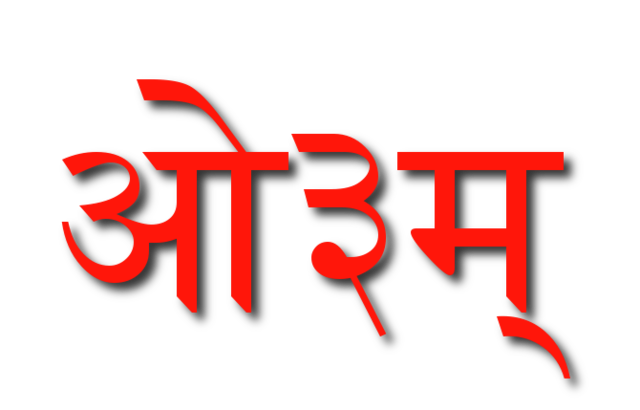Top Qs
Timeline
Chat
Perspective
Satyarth Prakash
1875 book by Dayanand Saraswati From Wikipedia, the free encyclopedia
Remove ads
Satyarth Prakash (Hindi: सत्यार्थ प्रकाश; Satyārth Prakāś; lit. 'The Light of Truth') is an 1875 book written originally in Hindi by Dayanand Saraswati, a religious and social reformer and the founder of Arya Samaj. The book was subsequently revised by Saraswati in 1882 and has been translated into more than 20 languages including Sanskrit and foreign languages, including English, French, German, Swahili, Arabic and Chinese. The major portion of the book is dedicated to laying down the reformist advocacy of Swami Dayanand with the last four chapters making a case for comparative study of different religious faiths.

Aum (or Om) is considered by the Arya Samaj to be the highest and most proper name of God.
Some of the topics in the Satyarth Prakash include worship of one god, explanation of the main principles of the Vedas, the relationship between religion and science and between devotion and intellect, elimination of the caste system and critical analysis of different religious beliefs and other religions in the World in the light of the Vedas, for the strengthening of society, eradication of superstitions, false notions and meaningless customs, shunning narrow-mindedness and promoting the brotherhood of man.[2]
Remove ads
Contents
The book contains fourteen chapters.[3]
Remove ads
Editions
Summarize
Perspective
The book was originally written in Hindi by Maharshi Dayanand Saraswati in 1875 CE. After detecting omissions, language and printing mistakes in the first edition, after making corrections at Israr Mahal inside Ramapur at Kashi, he published a second revised edition in Samvat 1939 (1882-83 CE).[4] The book has been translated into twenty-four different languages. Navlakha Mahal is presently the office of Shrimadd Dayanand Satyarth Prakash Nyas, which after detecting in 2004 that the book has been printed by many unauthorised entities in different versions, appointed an authentication committee of Vedic scholars, and started to publish authenticated version of the book.[citation needed]
Remove ads
Reception and criticism
S. Rangaswami Iyengar praised the book, saying that "It contains the wholly rationalistic view of the Vedic religion."[15]
Satyartha Prakash was banned in some Indian princely states and in the Sind Province of British India (now Sindh, Pakistan) in 1944; and it remains banned in Sindh.[16] This ban was condemned by Mahatma Gandhi.[17]
In 2008 two Indian Muslims, Usman Ghani and Mohammad Khalil Khan of Sadar Bazar, Delhi, following the fatwa of Mufti Mukarram Ahmed, the Imam of Fatehpuri Masjid in Delhi, urged the Delhi High Court to ban Satyarth Prakash.[18] However, the court dismissed the petition and commented "A suit by Hindus against the Quran or by Muslims against Gita or Satyarth Prakash claiming relief...are in fact, meant to play mischief in the society."[19]
References
External links
Wikiwand - on
Seamless Wikipedia browsing. On steroids.
Remove ads
